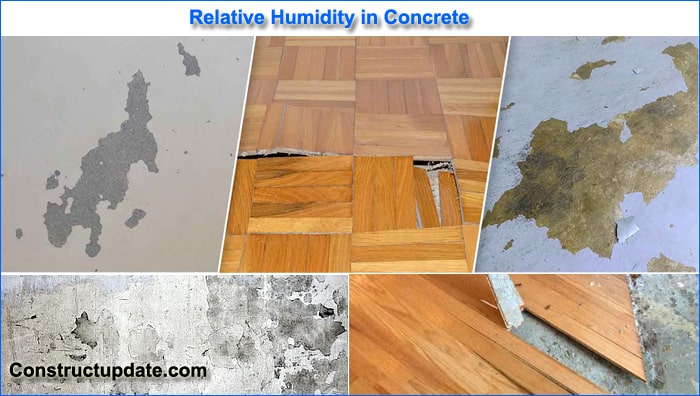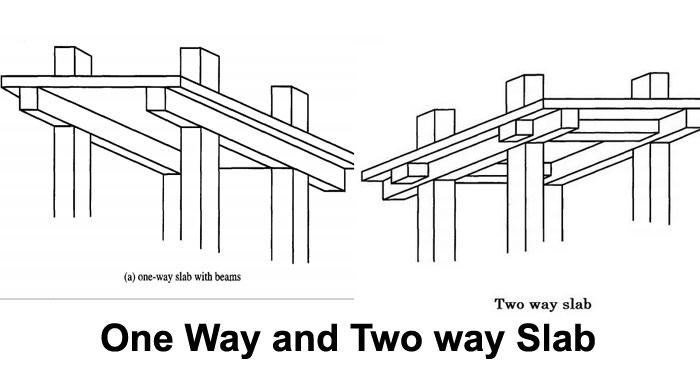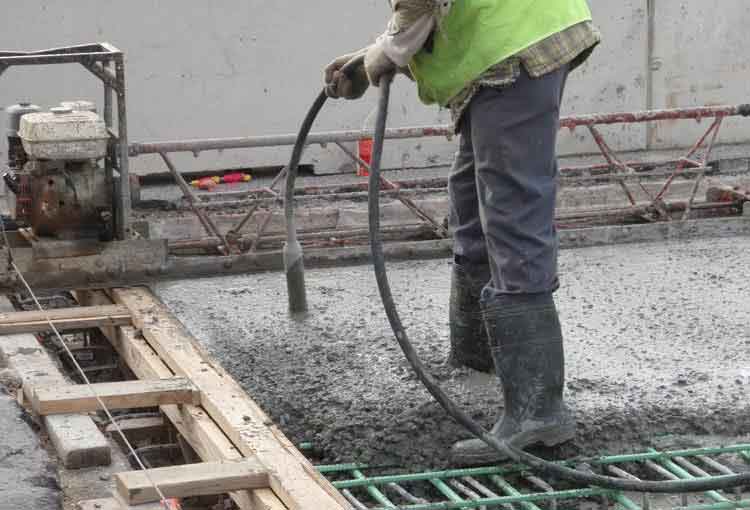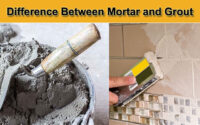What is Relative Humidity of Concrete? | Factors, Affects and How to Prevent High Humidity
The amount of water vapour in the air compared to what the air can hold is represented by relative humidity.
Before installing a floor, one of the crucial factors that should be taken into account is the relative humidity in the concrete. Concrete that has both an excessive amount of moisture and a high relative humidity might fail as a floor, leading to expensive repairs and liabilities.

Relative Humidity in Concrete
Although they are clearly different, relative humidity and concrete moisture content are sometimes mistaken. The moisture is the amount of water in a liquid condition, whereas the relative humidity is the amount of water in a vapour form.
Understanding humidity is crucial since it can cause numerous concrete defects, such as the delamination of a concrete floor, when levels are too high.
Factors Increasing Relative Humidity in Concrete
Numerous causes can raise the relative humidity in concrete, and their effects may last for up to six months after the concrete has been poured. The following is a list of these elements:
- Starting water content of a concrete mixture
- Surrounding factors such as high ambient relative humidity, another water supply, a chilly environment, and little air movement
- The wet cure
- Concrete requires a long time to dry because pozzolans like silica fume are used, which have a tendency to hold water.
- A slab on grade with insufficient moisture barrier allows the outside temperature to enter the slab.
It’s crucial to remember that sealing concrete before bleeding is finished holds additional moisture in the material. The pressure from the moisture’s evaporation on the concrete beneath the flooring damages and deteriorates the material.
Affect of High Relative Humidity on Concrete Flooring
Concrete loses strength when relative humidity is high. Additionally, it raises the pH of concrete, endangering the durability of both concrete and flooring materials. The following list of possible deteriorations of the flooring material is provided:
- Delamination of concrete floor
- Blistering of epoxy coating
- Adhesive re-emulsification
- Cracking, curling, or bubbling of flooring materials.
How to Prevent Concrete Floor Failures Due to High Humidity?
Allocate Time for Concrete Drying
To avoid flooring failures, concrete’s relative humidity must be measured. Failures can happen when freshly installed concrete is covered or covered over with flooring materials when the concrete is still wet and the relative humidity is high.
So, waiting until relative humidity drops is a popular solution. The relative humidity should be kept an eye on for this reason, and when it reaches a certain point, it will be okay to put down flooring.
Concrete relative humidity can be estimated using a variety of methods, including the use of hand-held moisture metres, hood methods, plastic sheet methods, and anhydrous calcium chloride (CaCl) tests.
These techniques measure the relative humidity within while the relative humidity outside is still unknown. In-situ relative humidity testing can help determine relative humidity with more accuracy and dependability.
Use a low ratio of water to cementitious materials.
Concrete can be made to dry more quickly and be used to install flooring materials by employing low water cementitious ingredients and optimising concrete compositions.
Additionally, polythene sheeting placed over the concrete will aid in proper curing and prevent the requirement for additional water during curing. Concrete will take longer to dry if there is curing water present. Finally, it’s best to refrain from using curative agents.
Moisture Migration System
Due to time restrictions, a defective damp-proof membrane, or the absence of a damp-proof membrane, waiting until the relative humidity in concrete decreases is not a realistic option. In this situation, a moisture migration system might be used to solve the issue.
The vapour transmission rate can be brought down to a manageable level with the help of the surface-applied moisture migration system. To entirely rely on such a system, however, should be carefully considered.





